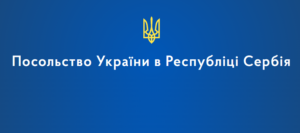
The Ukrainian children’s art festival “Veselka” was held in Novi Sad, Serbia, organized with the participation of the Ukrainian Embassy and the Ukrainian diaspora. The event became a platform for cultural unity and support for Ukrainian families living in Serbia.
The Veselka festival brought together children and families of Ukrainian origin from different cities in Serbia, offering them master classes, concerts, and interactive zones. The aim of the event was to preserve ties with Ukrainian roots, support the emotional well-being of migrant children, and strengthen the cultural infrastructure of the diaspora.
Exact data on the number of Ukrainian citizens and residents in Serbia varies. According to the Serbian Ministry of Internal Affairs, approximately 22,000 Ukrainian citizens have been registered in the country since the start of the war.
However, statistics on the number of Ukrainians living permanently or under temporary protection are not published regularly.

Japan’s Toyo Tires has announced plans to build an innovation center in the city of Injiya, Serbia. The new facility will focus on research and development in the tire industry and related technologies, a Toyo representative told local business media.
According to the project, the center will include laboratories for materials science, test benches, and research units that will collaborate with regional universities and technology startups. Construction is expected to begin in the first quarter of 2026.
Toyo Tires also plans to integrate the Serbian center into the company’s global research network, facilitating the exchange of knowledge and resources between its sites in Asia, Europe, and America. This will help accelerate the development of new compounds, innovative mixtures, and environmentally friendly solutions.
Investing in Serbia as part of this project is seen as the second stage of Toyo’s expansion in the Balkans — the company already has production facilities in Serbia and now intends to strengthen the scientific and technical core of its business.
Toyo Tires is a global tire manufacturer based in Japan. The company has been in operation since 1945 and manufactures tires for passenger cars, SUVs, trucks, and specialized equipment.
Toyo is known for its innovative solutions in the field of compounds, environmentally friendly compositions, and high testing standards. The company supplies products to more than 100 countries around the world, and its research and development network includes centers in Japan, the US, Europe, and Asia.
Toyo also actively collaborates with automotive brands and participates in motorsports, which allows it to test and develop technologies under extreme conditions.
Japan’s Toyo Tires to build innovation center in Serbia
Source: https://t.me/relocationrs/1590
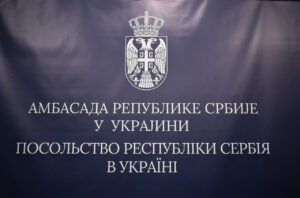
The Embassy of the Republic of Serbia held a reception to mark the return of the diplomatic mission to Kyiv and the opening of new premises at 48 Bohdan Khmelnytsky Street. The event brought together diplomats, representatives of government agencies, business and academic circles of Ukraine.
During his speech, Serbian Ambassador to Ukraine Andon Sapundzi emphasized that the opening of the embassy symbolizes “Serbia’s return to Kyiv” and the resumption of active cooperation between the two countries.
“Our workspace is not yet complete, but I wanted to share this joy with you right now — Serbia is back!” he said, addressing the guests.
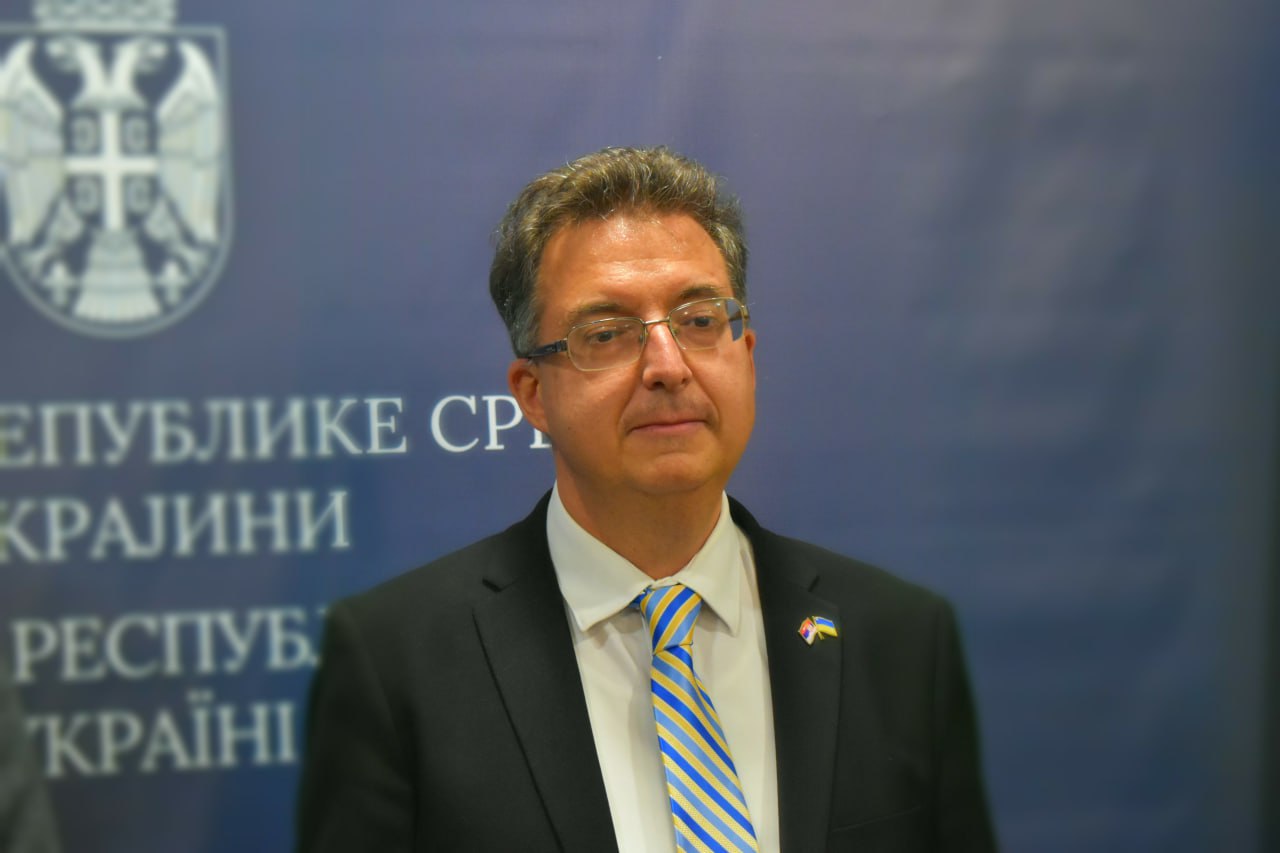
In his speech, the diplomat emphasized the deep historical ties between the Ukrainian and Serbian peoples. In particular, in the 18th century, more than 50,000 Serbs settled in the territory of modern Ukraine — near Bakhmut and in the Kirovohrad region, founding Slavianoserbia and New Serbia. At the same time, as early as the 17th century, Ukrainians migrated to Serbia, mainly to Vojvodina.
The ambassador also noted that since the start of the full-scale invasion, more than 100,000 Ukrainians have found refuge in Serbia, set up companies there, and their children have begun to learn Serbian.

Serbia provides humanitarian aid to Ukraine, including projects to build underground kindergartens near the front line, supplies equipment for energy infrastructure, and organizes educational programs for children from Sumy and Kharkiv.
Special mention was made of Serbian language teachers and students who maintained scientific and cultural ties between the countries even during the most difficult years of the war.
“We are here to live, work, and share everything with you, our dear Ukrainian friends,” the ambassador concluded his speech.
Ukraine and Serbia (then SFRY) established diplomatic relations on April 15, 1994. The Serbian Embassy in Kyiv began operating in 1995, but in 2022 it temporarily suspended its activities due to the security situation. In the fall of 2025, the diplomatic mission officially resumed its work in Kyiv at 48 Bohdan Khmelnytsky Street. The Ukrainian Embassy in Belgrade has been operating since 1995.
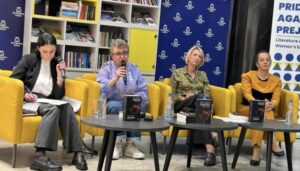
As Serbian Economist reports, the first Ukrainian Literature Festival organized by the Ukrainian Center “Triglav” in cooperation with the Embassy of Ukraine in Serbia took place in the Serbian capital.
The event united Ukrainian writers, translators, literary critics and Serbian fans of Ukrainian culture.
According to the organizers, the goal of the festival is to popularize modern Ukrainian literature abroad and develop cultural dialogue between Ukraine and Serbia.
The festival included readings by Ukrainian authors, presentations of translations into Serbian, panel discussions and meetings with translators working on adapting works by Ukrainian writers for local audiences.
New translations of Ukrainian works into Serbian were presented during the festival. Serbian publishers emphasized that interest in Ukrainian culture has grown significantly after 2022.
https://t.me/relocationrs/1569

According to Serbian Economist, the Serbian government has formed a working group to negotiate and prepare a contract with the Chinese company Shandong Hi-Speed Group for the implementation of the second phase of the expansion and modernization of Constantine the Great Airport in Niš. This was reported by Serbia-Business, citing government sources.
The second phase includes the demolition of the old terminal, construction of a new terminal, major repairs to the runway, a new control tower, and expansion of the apron from the current 4 parking spaces to 9. The total cost of the project is estimated at more than €140 million.
Work is scheduled to begin in 2025, subject to the signing of the final contract.
Niš Constantine the Great Airport (INI / LYNI) is located 4 km northwest of the center of Niš, in the Medoševac and Popovac areas. It is the second busiest airport in Serbia after Belgrade.
In 2024, the airport handled 357,313 passengers, which is ~20% less than in the previous year. According to flight connection resources, the airport serves 14 cities in 10 countries directly, including Belgrade and Vienna, which account for a significant share of arrivals. In 2025, the airport received a new passenger route from Wizz Air, as well as its first cargo route to China.
The new project will allow larger aircraft to be served and increase the number of destinations, especially to countries in Europe and Asia. The participation of the Chinese company Shandong Hi-Speed Group indicates an influx of foreign investment and technological partnership, which may stimulate other infrastructure projects.
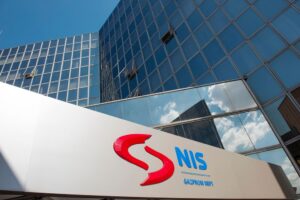
According to Serbian Economist, Croatia has expressed its readiness to consider buying Serbian oil and gas company Naftna Industrija Srbije (NIS) if it will help to settle the consequences of US sanctions against the company, Croatian Economy Minister Ante Šušnjar said.
“Our hand is outstretched – if this is the solution, we are ready for this option as well,” the minister said, commenting on the situation after the US sanctions against NIS came into force.
According to Šušnjar, if such a scenario is realized, Croatia would guarantee the stability of the Jadranski naftovod (JANAF) oil pipeline, which has been cooperating with NIS for more than 40 years, without interfering in Serbia’s retail fuel market.
“This would simplify the situation both for us and for Serbia,” emphasized the minister, who represents the Domovinski pokret party, which is in coalition with Prime Minister Andrej Plenkovic’s ruling HDZ party.
The minister noted that the NIS Pančevo refinery provides up to 20% of Bosnia and Herzegovina’s oil products market, and the current sanctions situation poses additional challenges for the entire region.
“By the end of the month, we will complete the modernization of the refinery in Rijeka, which will allow us to increase refining capacity and thus help Bosnia and Herzegovina, and partially Serbia,” Šušnjar said.
He also emphasized that sanctions against NIS will not affect Croatia’s position in negotiations with Hungarian MOL on oil supplies. According to him, the country is ready to provide sufficient volumes of fuel for Hungary, Slovakia and Serbia when it is possible in terms of geopolitical conditions.
Experts note that Croatia’s possible participation in the fate of NIS could be a compromise option to stabilize the energy market in the Balkans and ensure uninterrupted operation of the JANAF oil pipeline, which is a key link of oil supplies to the region.